In today’s fast-paced, technology-driven world, poor posture is becoming increasingly prevalent. Prolonged periods of sitting, hunching over screens, and leading sedentary lifestyles can contribute to postural imbalances and muscle weaknesses. These imbalances can not only cause discomfort and pain but also hinder your workout performance. In this blog post, we’ll discuss common postural imbalances and how to identify and address them with targeted exercises and stretches.
Understanding Postural Imbalances
Postural imbalances occur when muscles on one side of a joint become tight and overactive, while the opposing muscles become weak and underactive. This leads to an uneven distribution of force around the joint, which can result in pain, discomfort, and diminished exercise performance. Some common postural imbalances include:
- Forward Head Posture: Often caused by prolonged screen time, this imbalance is characterized by a forward-protruding head and rounded shoulders.
- Anterior Pelvic Tilt: Typically resulting from excessive sitting, this imbalance involves an exaggerated arch in the lower back and a forward-tilted pelvis.
- Rounded Shoulders: Common among desk workers, this posture is characterized by shoulders that are slumped forward and an inward curve of the upper spine.
Identifying and Addressing Postural Imbalances
As a personal trainer, it’s essential to identify postural imbalances in your clients and address them with targeted exercises and stretches. Here’s a breakdown of how to approach the three common imbalances mentioned above:
Forward Head Posture
- Identify: Look for a protruding head, rounded shoulders, and an increased curve in the upper spine.
- Address: Strengthen the deep neck flexors and upper back muscles with exercises like chin tucks and seated rows. Stretch tight chest muscles with doorway stretches or chest openers.
Anterior Pelvic Tilt
- Identify: Observe an exaggerated arch in the lower back, a forward-tilted pelvis, and tight hip flexors.
- Address: Strengthen the glutes and hamstrings with exercises like glute bridges and hamstring curls. Stretch the tight hip flexors and lower back muscles with lunges and cat-cow stretches.
Rounded Shoulders
- Identify: Look for shoulders that are slumped forward and an inward curve of the upper spine.
- Address: Strengthen the upper back and rear deltoid muscles with exercises like face pulls and reverse flyes. Stretch tight chest and anterior shoulder muscles with doorway stretches or chest openers.
Addressing postural imbalances is essential for improving overall fitness, preventing injuries, and enhancing workout performance. As a personal trainer, it’s crucial to help your clients identify these imbalances and incorporate corrective exercises and stretches into their training programs. By doing so, you’ll enable your clients to achieve a more balanced and efficient body, paving the way for better health and improved fitness results.


